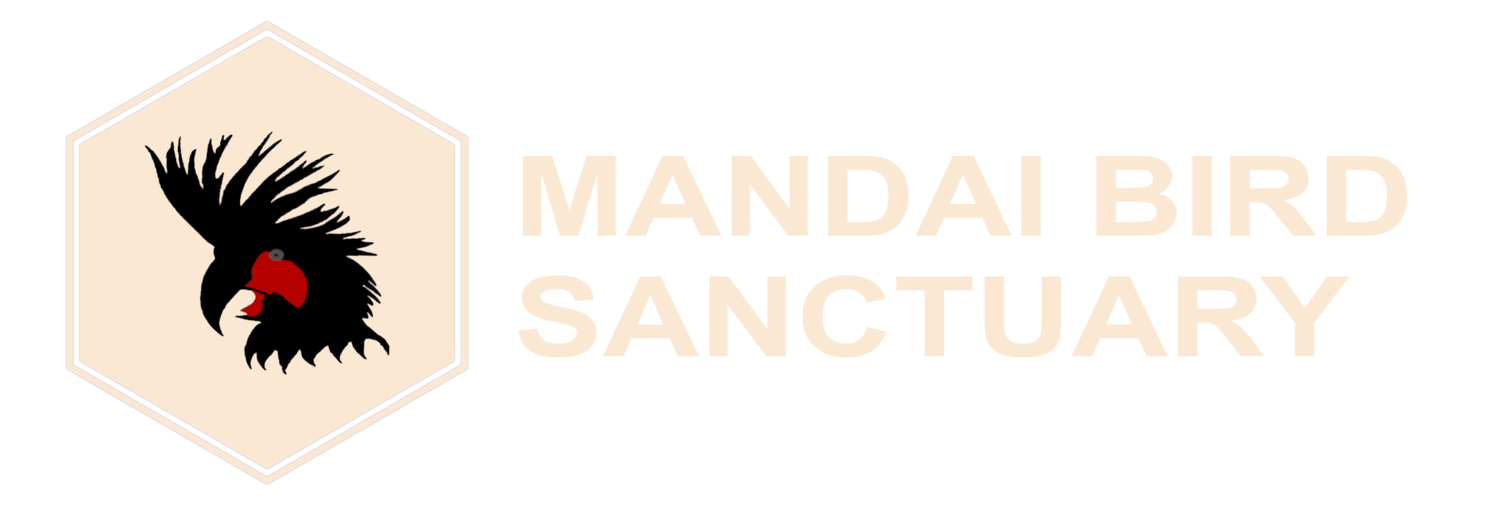About The Triton Cockatoo
DESCRIPTION:
They are large birds totaling 18 inches in length. Triton Cockatoos make excellent pets and owning one involves a life long commitment as they are long lived. Typical to most Cockatoos, Tritons love to chew. Wooden toys and natural limbs are recommended to keep them happy.
Cockatoos are very animated birds and can be taught to do tricks which are quite amusing. They are vocal birds that will call in the morning and evening, and are not recommended as pets for apartment dwellers. Tritons can learn to talk but the real charm is their affectionate nature. They adore being held and petted and will often raise their wings to be scratched.
A large Cockatoo cage is in order for Tritons. Make sure the door has a secure lock as they can be escape artists. Large wooden perches are recommended instead of pvc pipe perches. Frequent bathing is recommended to keep their feathers snow white. Cockatoos naturally produce a powder down and baths along with a portable air purifier will keep this to a minimum.
BREEDING: Like other cockatoos, the Triton Cockatoo usually makes its home in tree hollows.
DIET: In nature, they benefit from a diverse diet that includes seeds, fruit and insects. Captive cockatoos should be fed a good quality parrot seed mix, as well as fresh fruits and vegetables. It is better to provide a good quality (preferably organic) seed mix and fresh fruits and veggies -- just as nature intended!
*Please note: If you do opt for a pelleted diet, please be aware that overly feeding citrus fruits (including oranges) to your birds can lead to "Iron Overload Disease."
TAXONOMY:
Genus: Scientific: Cacatua ... English: White Black-billed Cockatoos ... Dutch: Wit and Zwartsnavelkakatoes ... German: Eigentliche Kakadus ... French: Cacatoès Species: Scientific: Cacatua galerita triton aka Cacatua triton ... English: Triton Cockatoos ... Dutch: Triton Kakatoe ... German: Tritonkakadu ... French: Cacatoès à huppe jaune Triton
CITES II - Endangered Species ... Distribution: Western Papua Islands, Western New Guinea, New Guinea, Geelvink Bay, other Islands Around Indonesia

